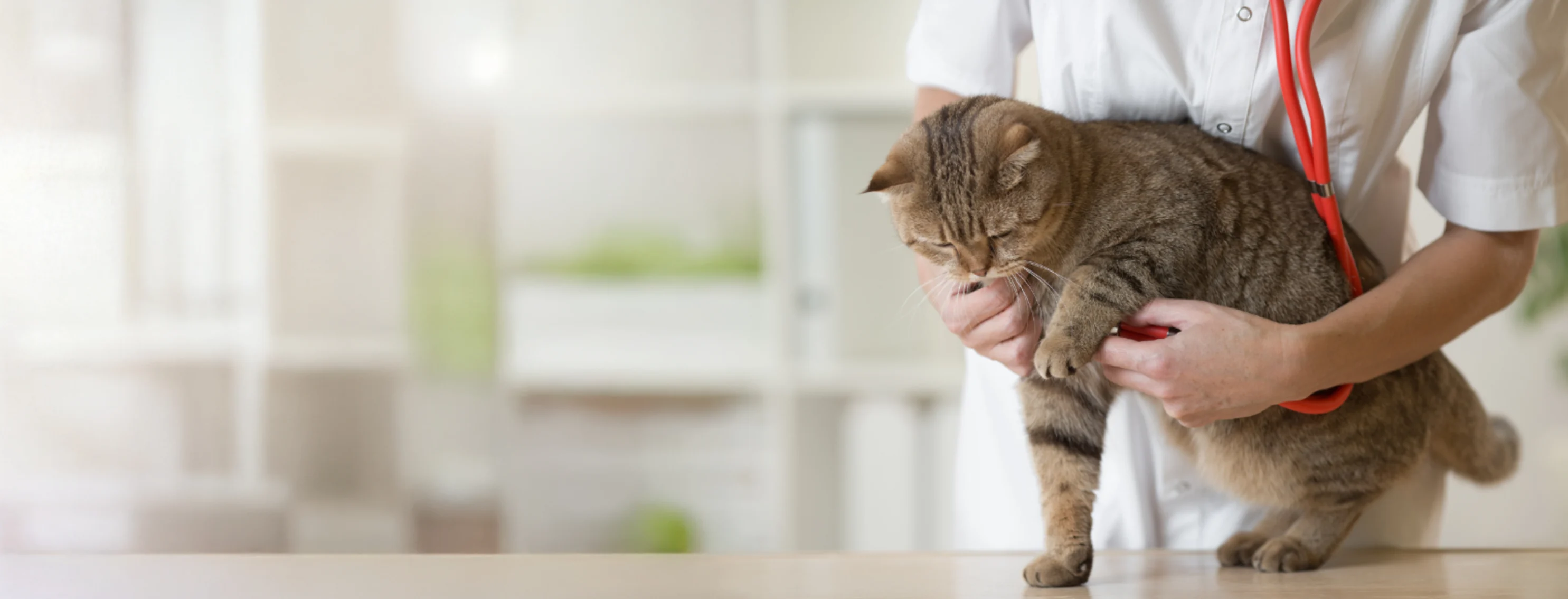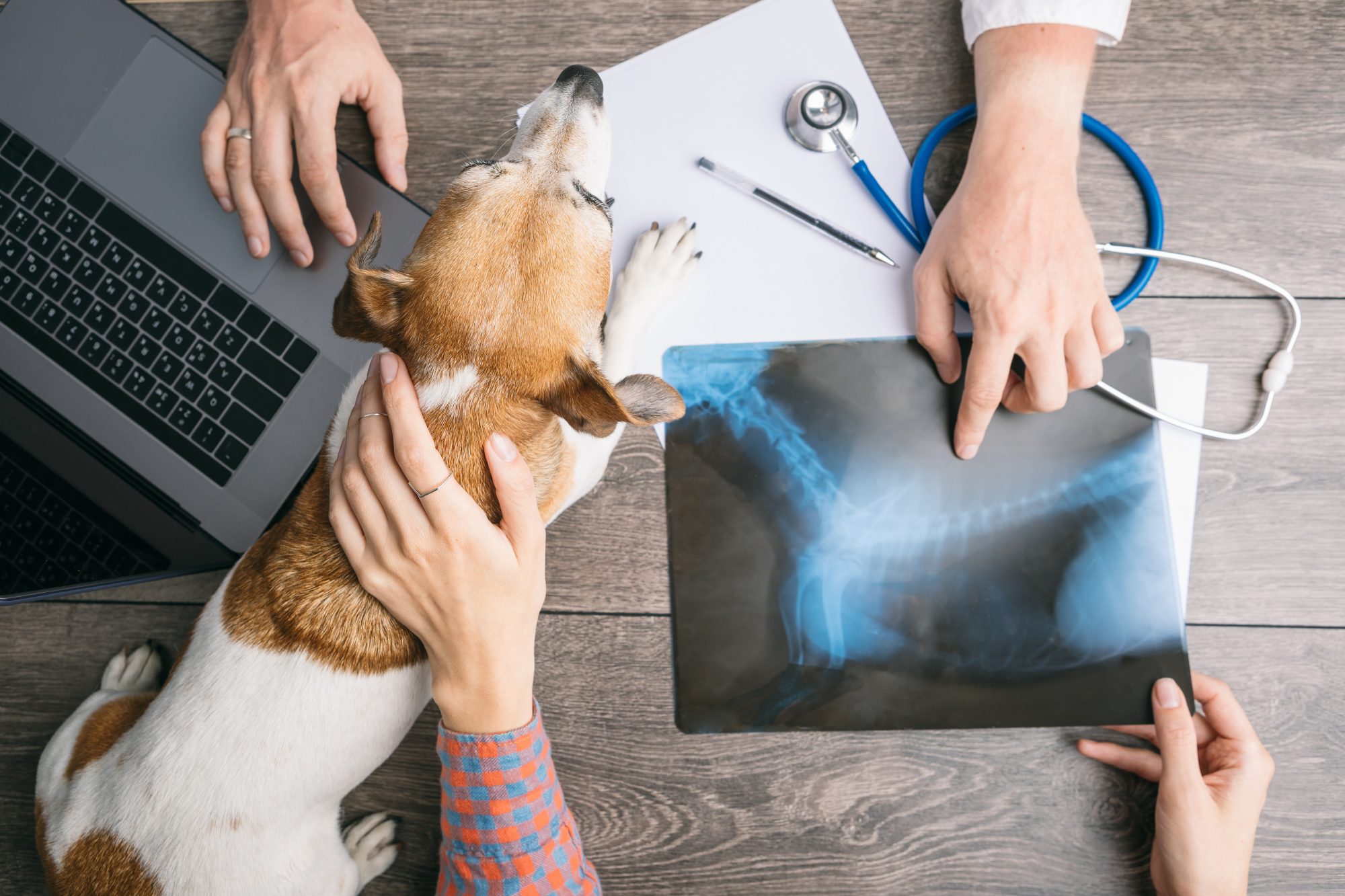Best Diet and Pain Relief Tips Post- tplo surgery for dogs
Best Diet and Pain Relief Tips Post- tplo surgery for dogs
Blog Article
Everything About Vet Surgery: Recognizing the Value of Expert Look After Your Family pets
Vet surgical procedure is a crucial component of pet medical care. It includes numerous procedures, from regular optional surgical procedures to immediate treatments. Recognizing the complexities of these surgical treatments can assist animal proprietors make educated decisions. The preparation, execution, and healing phases are vital for making sure the health of pets. With appropriate knowledge, owners can browse the complexities of vet treatment. What factors should be considered before a pet dog goes through surgical procedure?
Kinds Of Vet Surgeries
When a pet requires medical intervention, understanding the different kinds of veterinarian surgical treatments can assist pet owners make notified choices. Veterinary surgeries can be extensively categorized right into three primary kinds: elective, immediate, and emergency situation surgical treatments. Optional surgical procedures, such as spaying or neutering, are planned procedures that are not instantly lethal. Urgent surgical procedures, like those for international body removal, should be carried out soon but are not lethal in the moment. Emergency situation surgical treatments, such as those dealing with severe injury or internal bleeding, are critical and need prompt attention.Additionally, surgical treatments can vary in intricacy, varying from minimally invasive laparoscopic procedures to more extensive open surgical treatments. Each kind of surgical procedure lugs its very own threats and recovery processes. Understanding these categories permits pet owners to engage in significant conversations with vets, resulting in far better results for their cherished animals.
Getting ready for Your Family pet's Surgical procedure
Getting ready for a family pet's surgery entails a comprehensive list to guarantee all fundamentals are covered. Efficient communication with the vet is crucial for comprehending the treatment and any required pre-operative steps - tplo surgery. Additionally, having clear post-operative care guidelines will aid owners offer the very best assistance for their recuperating pets
Pre-Surgery Checklist Fundamentals
Assuring a smooth surgical experience for a family pet requires cautious prep work and interest to detail. A pre-surgery checklist is important for pet dog proprietors to comply with. Initially, validating the set up surgical treatment date and time is essential. Proprietors must also verify that their family pet has not eaten according to the veterinarian's guidelines, typically for 8-12 hours prior to surgery. Gathering required medical documents, including inoculation background, is very important for the veterinarian's evaluation. It is likewise recommended to prepare a comfortable space in the house for the pet dog's healing after surgical treatment. Owners need to have a plan for transport to and from the vet clinic, making certain that the pet is safe and secure and comfy throughout the trip. Adhering to these actions can greatly improve the surgical experience.
Interacting With Your Vet

Reliable communication with the vet is necessary for an effective medical experience for pets. Owners must be prepared to discuss their pet dog's clinical background, consisting of any kind of pre-existing conditions, drugs, and allergies. This info aids the vet assess dangers and tailor the surgical strategy as necessary. In addition, animal proprietors should ask concerns regarding the treatment, anesthesia, and anticipated end results to ensure they totally understand the procedure. Making clear any uncertainties can reduce anxiety for both the pet dog and the proprietor. It is additionally essential to interact any behavior changes or concerns observed in the family pet leading up to the surgical procedure. Ultimately, clear dialogue fosters trust fund and cooperation, ensuring that family pets receive the most effective possible care throughout their surgical journey.
Post-Operative Care Instructions
After going over the operation with the vet, pet dog owners should concentrate on post-operative care instructions to promote a smooth recovery for their pets. These guidelines commonly include keeping track of the surgical site for indications of infection, such as soreness or discharge. Animals might require to be kept one's cool and restricted to avoid extreme movement that can interfere with healing. Pain monitoring is vital, so owners need to adhere to the veterinarian's advice on providing medicines. Additionally, nutritional constraints may be encouraged to prevent stomach trouble. Regular follow-up consultations are essential to ensure appropriate healing and address any type of problems. By sticking to these post-operative care directions, animal owners can significantly add to their animal's recuperation and general well-being.
The Surgical Refine Explained
The surgery for pets encompasses critical steps that ensure their security and recovery. Pre-surgery prep work are crucial for reducing dangers, while post-operative treatment guidelines play an important role in promoting healing. Understanding these elements helps pet owners navigate the surgical experience much more effectively.
Pre-Surgery Preparations
Prior to a pet goes through surgery, numerous vital prep work have to happen to guarantee a secure and effective treatment. A comprehensive vet assessment is important to examine the pet's total health and recognize any possible dangers. This may include blood examinations, imaging, or other diagnostics. The veterinarian will certainly also talk about anesthetic choices tailored to the animal's specific needs. Additionally, family pet proprietors are generally advised to hold back food and water for a specified time prior to surgical treatment to decrease the threat of difficulties during anesthetic. It is very important for owners to give a total case history, consisting of any type of medications or allergic reactions, making sure the medical group has all needed information. Correct communication and adherence to pre-surgery standards can greatly improve the outcome of the treatment.
Post-Operative Care Guidelines
Proper post-operative treatment is necessary for making sure a pet's recuperation complying with surgical treatment. After the treatment, pets must be monitored very closely for any kind of signs of problems, such as too much blood loss, swelling, or unusual habits. It is necessary to follow the veterinarian's directions regarding medicines, including pain reducers and anti-biotics. Animals ought to be maintained in a silent, comfortable atmosphere to lower anxiety and promote healing. Restricting task is crucial; short, leashed walks may be required, however jumping or running must be avoided. Regular follow-up consultations must be set up to examine the recovery procedure. Furthermore, the medical website should be kept tidy and completely dry, with any type of signs of infection reported to veterinary care near me a veterinarian quickly. Following these standards enhances recuperation end results.
Anesthesia and Discomfort Monitoring
Efficient anesthetic and pain monitoring are crucial parts of veterinary surgical procedure, ensuring that animals remain comfy and secure throughout the treatment. Veterinarians examine each family pet's specific demands, thinking about variables such as age, weight, health status, and the kind of surgical treatment being performed.Anesthesia protocols usually consist of a combination of pre-anesthetic medicines, induction representatives, and inhalant anesthetics, enabling exact control over the pet's level of consciousness. Monitoring throughout surgical treatment is crucial; vets constantly observe essential indicators to address any type of possible problems promptly.Pain monitoring approaches may involve opioids, non-steroidal anti-inflammatory medicines (NSAIDs), and anesthetics, customized to the family pet's particular scenario. This complex approach helps lessen discomfort and promotes a smoother medical experience. By focusing on efficient anesthesia and pain monitoring, veterinary experts improve the general next page welfare of pets undertaking surgical procedures, ensuring they receive the greatest standard of care.
Post-Operative Care and Healing
Following surgery, the emphasis changes to post-operative care and recovery, which is vital for guaranteeing a pet's risk-free return to normal activities. During this duration, pets call for a quiet, comfortable atmosphere to aid healing. Proprietors must closely monitor their pet dogs for any type of signs of pain or uncommon behavior.Veterinary guidelines usually consist of specific directions associated to medicine management, wound treatment, and nutritional modifications. It is important to abide by these referrals to reduce difficulties and promote recovery. Family pets might need to be limited from vigorous activities, such as running or jumping, during their recuperation period (24 hour vet bellingham).Regular follow-up visits with the veterinarian permit monitoring of the family pet's progress and timely modifications to the treatment plan. Supplying psychological support and friendship can also boost an animal's recovery experience, aiding to reduce stress and anxiety and anxiousness. On the whole, persistent post-operative care plays a considerable role in achieving a successful recuperation
Recognizing Difficulties After Surgical Treatment
How can animal owners determine problems after surgical treatment? Awareness of certain signs is vital for making certain the health of pets during recuperation. Usual signs consist of extreme swelling, redness, or discharge at the surgical site, which might represent infection. Furthermore, consistent discomfort, indicated by whining or reluctance to relocate, should motivate immediate attention. Changes in Continued appetite or water consumption can additionally indicate complications; a decrease in these habits may signal pain or distress.Moreover, family pet owners ought to monitor their animals for any type of uncommon actions, such as sleepiness or difficulty breathing, as these can be indications of severe issues. Vomiting or diarrhea complying with surgical procedure may require urgent veterinary examination. Acknowledging these issues early can greatly impact a pet dog's recovery procedure, emphasizing the relevance of vigilance and prompt interaction with a vet for any kind of worrying signs and symptoms.
The Function of Veterinary Experts in Surgical Care
Veterinary specialists play a vital function in making certain the safety and security and success of operations for pets, especially complying with surgery when keeping track of and treatment are vital. These specialists consist of veterinarians, veterinary specialists, and support personnel, all of whom contribute specialized abilities to the surgical process.Before surgical treatment, veterinarians conduct complete evaluations to analyze the animal's health and wellness, guaranteeing that any underlying conditions are managed. During the procedure, the surgical team gives anesthesia, maintains sterile atmospheres, and monitors essential signs, all essential for minimizing risks.Post-operative treatment is similarly substantial; vet professionals observe for issues, handle pain, and overview owners on healing practices. Their proficiency allows them to recognize very early signs of distress or infection, making certain prompt treatment. Eventually, the joint efforts of veterinary professionals in medical treatment promote a safe setting, promoting the health of pets throughout the medical journey.

Regularly Asked Inquiries
Just how Do I Select the Right Veterinary Cosmetic Surgeon for My Animal?
Selecting the ideal vet doctor involves looking into qualifications, reviewing reviews, and reviewing the facility's atmosphere. It is vital to review the specialist's experience with particular treatments and their interaction style when deciding.
What Prevail Misconceptions About Veterinarian Surgeries?
Typical mistaken beliefs regarding veterinarian surgical procedures include beliefs that they are constantly risky, unnecessary, or only for emergencies. Several animal owners underestimate the advantages of precautionary procedures and the ability associated with veterinary medical care.
Just How Much Will My Animal's Surgical treatment Expense?
The cost of a pet dog's surgical procedure can vary substantially based on aspects such as the sort of treatment, the vet's experience, and geographic location (24 hour vet bellingham). Typically, expenses vary from a couple of hundred to numerous thousand dollars

Can My Pet Dog Eat Before Surgical Treatment?
Before surgery, it is normally advised that animals abstain from eating for a certain duration. This fasting helps in reducing the danger of difficulties during anesthetic. Owners need to consult their veterinarian for precise instructions tailored to their pet dog's demands.
What if My Pet Has Pre-Existing Health Issues?
When an animal has pre-existing health problems, it's important for the vet to analyze these aspects prior to surgical procedure. This assessment assurances appropriate precautions are taken, reducing threats and maximizing the pet dog's total safety during the treatment.
Report this page